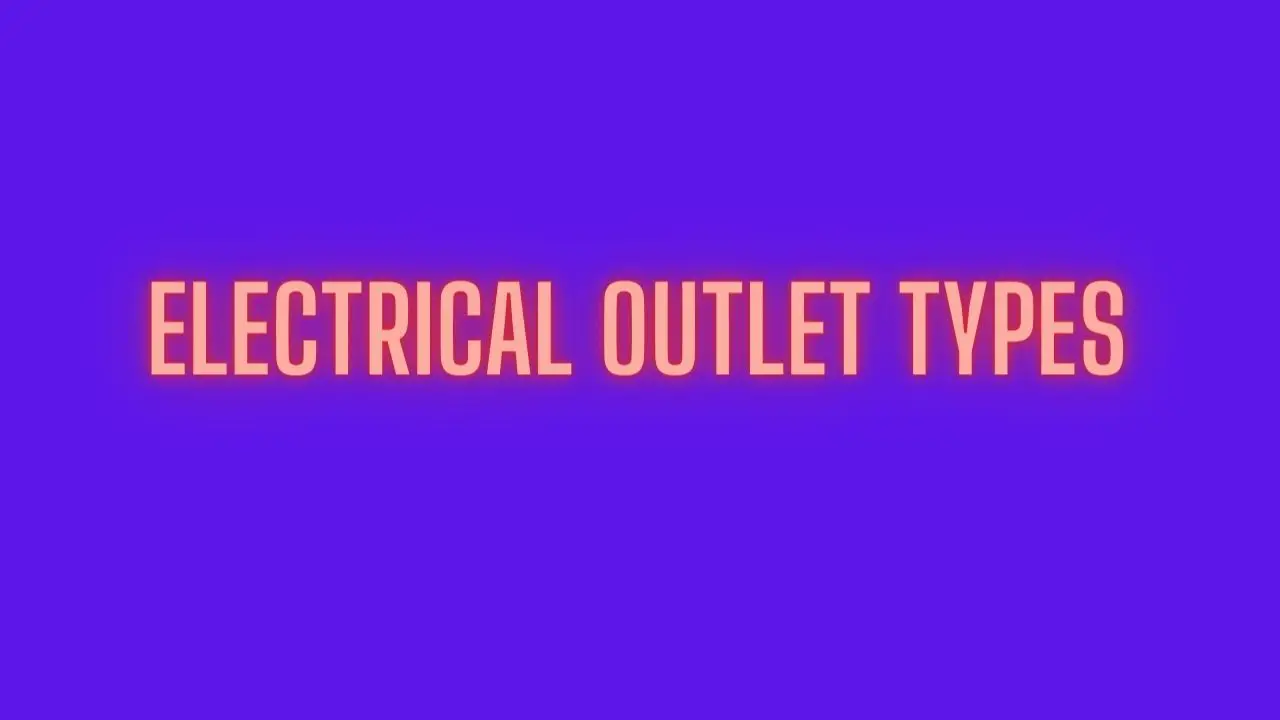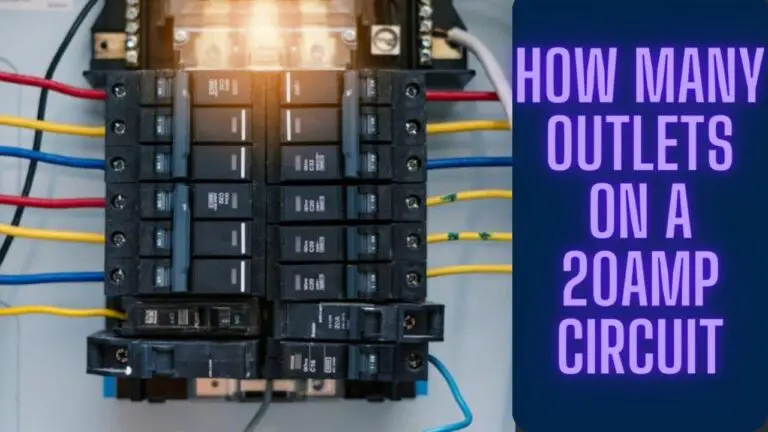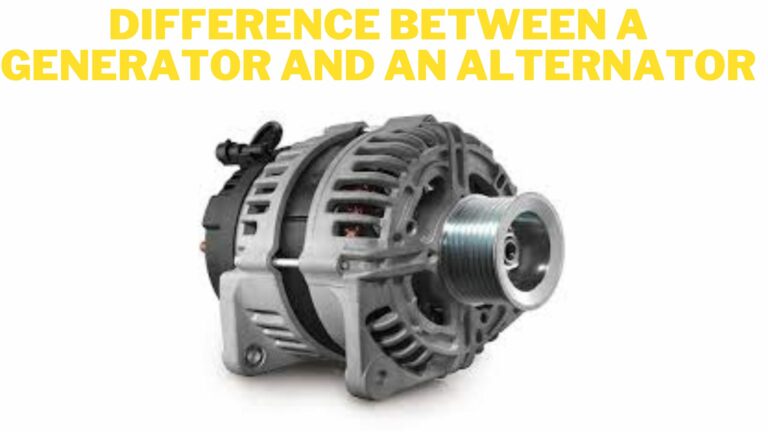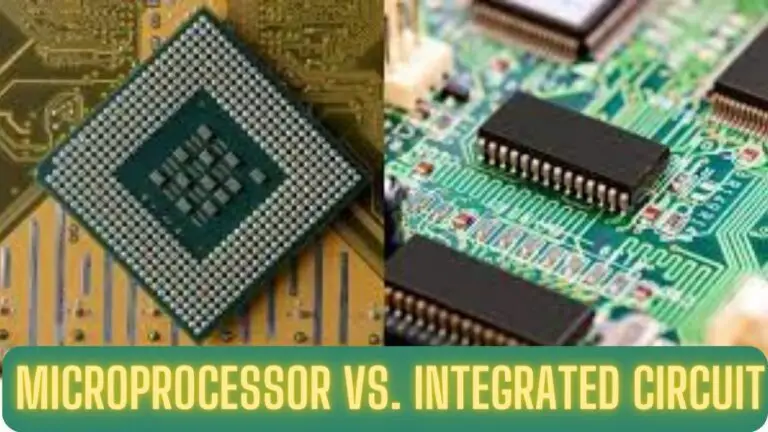Understanding the Electrical Outlet: Electrical Outlet Types
Introduction
Electrical outlets, often taken for granted, are among the most critical components in our daily lives. They provide the means to power our devices, appliances, and lighting fixtures. In this article, we delve into the fascinating world of electrical outlets, exploring their types, functions, safety measures, and their role in modern society.
The Basics of Electrical Outlets:
An electrical outlet, also known as a socket or receptacle, is a device that allows electrical equipment to connect to an electrical supply. It consists of a plug that fits into the socket and establishes an electrical connection. Here are the essential elements of an electrical outlet:
- Socket: The socket is the part of the outlet that receives the plug. It contains metal contacts that conduct electricity to the connected device.
- Plug: The plug is the pronged or blade-like part of the cord or device that fits into the socket. It connects the device to the electrical circuit.
- Faceplate: The faceplate is the cover that surrounds the socket and provides protection and safety. It often includes openings for the plug to pass through.
Electrical Outlet Types
Electrical outlets, the unsung heroes of modern life, come in a variety of types and configurations, each designed to serve specific purposes and regions around the world. In this article, we’ll explore the most common electrical outlet types, shedding light on their unique features and applications.
1. NEMA Outlets (North America):
NEMA 5-15: The NEMA 5-15 outlet is the standard 120-volt, 15-amp outlet used in North America. It features two parallel flat slots (hot and neutral) and a round grounding pin. This outlet is commonly found in homes and accommodates most household devices.
NEMA 5-20: Similar to the NEMA 5-15 but with a T-shaped neutral slot, the NEMA 5-20 outlet is rated for 20 amps and provides higher power capacity. It’s often found in commercial and industrial settings, capable of handling heavier loads.
NEMA 5-30: The NEMA 5-30 outlet is used for higher-voltage devices, typically in industrial or workshop settings. It has three slots: two angled flat slots (hot and neutral) and a round grounding pin.
2. Schuko Outlets (Europe):
Schuko: Common in Europe and many other parts of the world, Schuko outlets feature two round slots with side grounding clips. They are designed for a maximum voltage of 250 volts and are known for their robust build and reliable grounding.
3. BS 1363 Outlets (United Kingdom):
BS 1363: Used in the United Kingdom, BS 1363 outlets have three rectangular slots and incorporate a fused plug for safety. The top and bottom slots are for live and neutral, while the third slot on the left is for grounding. These outlets are known for their safety features and child-resistant design.
4. Australian Outlets:
Type I (AS/NZS 3112): Australian electrical outlets have two slanted flat pins and a vertical grounding pin. They are used in Australia, New Zealand, Papua New Guinea, and several other countries.
5. USB Outlets:
Modern innovations have led to the creation of electrical outlets with built-in USB ports. These outlets allow you to charge USB devices directly, eliminating the need for adapters. They come in various configurations, often with a combination of standard sockets and USB ports.
6. Universal Adapters:
For travelers and international use, universal adapters or multi-plug outlets are invaluable. They come with interchangeable pins or slots to accommodate various outlet types from around the world, ensuring compatibility wherever you go.
7. Specialty Outlets:
Beyond the standard types mentioned, there are numerous specialty outlets designed for specific purposes. These include outlets for electric vehicle charging (e.g., NEMA 14-50 for Tesla), outlets for RVs and boats, and twist-lock outlets used in industrial and outdoor settings.
Safety Considerations:
Safety is paramount when dealing with electrical outlets. Here are some essential safety measures:
- Childproof Outlets: Install childproof outlets or outlet covers to prevent children from inserting objects into the sockets.
- GFCI Outlets: Ground Fault Circuit Interrupter (GFCI) outlets are designed to cut off power in the event of a ground fault, reducing the risk of electrical shock.
- Tamper-Resistant Outlets: These outlets have built-in shutters that block access to the electrical contacts, providing added protection, especially in homes with young children.
- Regular Inspections: Periodically inspect your outlets for signs of damage, wear, or overheating. Replace any outlets that show these signs.
- Avoid Overloading: Do not overload outlets by plugging in too many devices or using adapters that exceed the outlet’s capacity.
The Future of Electrical Outlets:
As technology evolves, so do electrical outlets. Modern outlets are being designed to accommodate the changing needs of our digital world. This includes outlets with built-in USB ports, wireless charging capabilities, and smart outlets that can be controlled remotely using smartphones or voice assistants.
Electrical Outlet FAQS
What is an electrical outlet?
- An electrical outlet, also known as a socket or receptacle, is a device that allows electrical equipment to connect to an electrical supply. It typically consists of a socket for receiving a plug and a cover or faceplate for safety.
What are the most common types of electrical outlets in North America?
- In North America, the most common types of electrical outlets include NEMA 5-15 (standard 120-volt, 15-amp outlet), NEMA 5-20 (rated for 20 amps with a T-shaped neutral slot), and NEMA 5-30 (used for higher-voltage devices).
What is the difference between a NEMA 5-15 and a NEMA 5-20 outlet?
- The primary difference between these outlets is their ampere (amp) rating. NEMA 5-15 outlets are rated for 15 amps, while NEMA 5-20 outlets are rated for 20 amps, allowing them to handle higher loads. The NEMA 5-20 outlet has a T-shaped neutral slot.
What is a Schuko outlet, and where is it commonly used?
- A Schuko outlet is a type of electrical outlet commonly used in Europe and many other parts of the world. It features two round slots with side grounding clips and is known for its robust design and reliable grounding.
What is a BS 1363 outlet, and in which country is it used?
- A BS 1363 outlet is used in the United Kingdom. It has three rectangular slots: two for live and neutral and one for grounding. These outlets also incorporate a fused plug for added safety.
What is the purpose of USB outlets, and how do they work?
- USB outlets have built-in USB ports alongside standard sockets. They allow direct charging of USB devices without the need for adapters. USB outlets typically have a combination of standard AC sockets and USB ports.
Are there universal adapters for different outlet types?
- Yes, universal adapters or multi-plug outlets are available for travelers and international use. They come with interchangeable pins or slots to accommodate various outlet types from around the world, making them versatile for different regions.
What are twist-lock outlets, and where are they commonly used?
- Twist-lock outlets are designed for industrial and outdoor settings. They have slots that require a plug to be inserted and then twisted to lock it in place securely. These outlets are known for their reliability and safety in demanding environments.
Are there outlets specifically for electric vehicle (EV) charging?
- Yes, there are outlets and connectors designed for EV charging, such as the NEMA 14-50 outlet commonly used for Tesla vehicles. These outlets provide the necessary power for charging electric cars.
Can I install electrical outlets myself, or should I hire a professional electrician?
- Installing electrical outlets should ideally be done by a licensed electrician, especially for new installations or when modifying existing wiring. Safety is paramount when working with electrical systems, and a professional can ensure proper installation and compliance with local electrical codes.
Conclusion
In conclusion, electrical outlets are fundamental components of our daily lives, providing the power needed to run our devices and appliances. Understanding their types, functions, and safety measures is essential for ensuring the safe and efficient use of electrical power in our homes and workplaces. As technology advances, we can expect even more innovative features and capabilities integrated into these humble yet crucial devices.








